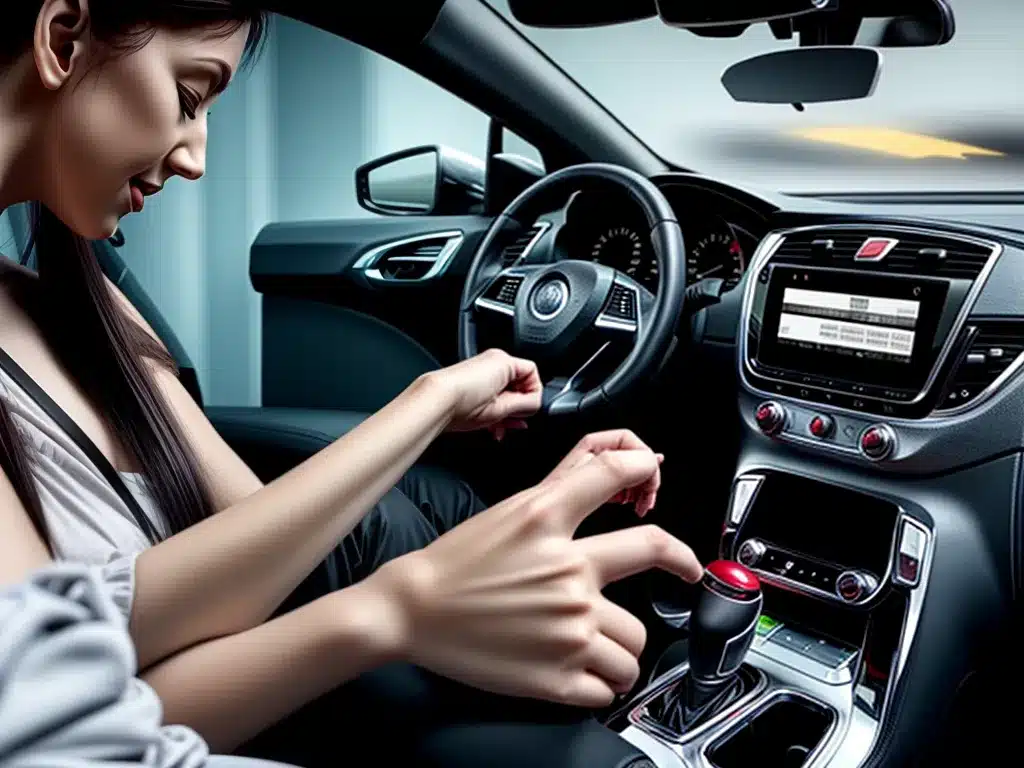
IoT in Automotive – Vehicles Get Even Smarter in 2024
In 2024, I expect to see major advancements in IoT technologies for the automotive industry. Connected and autonomous vehicles are becoming increasingly common, and manufacturers are finding new ways to leverage data and connectivity to improve the driving experience. Here are some of the key trends I foresee for IoT in automotive in 2024:
Enhanced Vehicle-to-Vehicle (V2V) Communication
V2V communication allows vehicles to share information such as location, speed, and road conditions with each other in real-time. This technology has huge implications for road safety and traffic efficiency. By 2024, I expect V2V to be much more widespread, with most new vehicles having this capability. This will enable cooperative collision avoidance, coordinated merging and lane changes, and other applications that make driving smoother and safer.
More Sophisticated Driver Assistance and Autonomy
In 2024, autonomous driving features will be significantly more advanced compared to today. New vehicles will have more comprehensive ADAS (Advanced Driver Assistance Systems) that can handle a broader range of driving scenarios. I expect to see autonomous driving become a mainstream option, with Level 3 autonomy (hands off the wheel under certain conditions) being commonplace. We may even see some Level 4 (high automation) passenger vehicles on the road by 2024.
Predictive Maintenance and Repair
IoT sensors on vehicles will enable predictive maintenance – anticipating issues and addressing them before they occur. By monitoring usage data, fluid levels, engine performance and more in real-time, manufacturers can preemptively identify maintenance needs and even predict part failures. This reduces vehicle downtime and repair costs for owners.
Enhanced Infotainment and Cabin Experience
The in-vehicle experience will become more personalized and contextual thanks to IoT integration. For example, your car may automatically set preferences like seat position and temperature based on who is driving. Contextual information like your schedule, habits, and passenger preferences can inform navigation, entertainment, and even driving mode selections to optimize for your needs. I expect to see automakers focus on integrating the vehicle experience into customers’ connected lifestyles.
Vehicle-as-a-Service and Fleet Management
IoT is enabling new fleets business models, where consumers can subscribe to a vehicle service rather than owning a car outright. Companies will leverage usage data to efficiently manage these fleets, ensuring optimal vehicle rotation, right-sizing fleets for demand, and monitoring issues. This has the potential to not only save costs but also reduce environmental impact through better resource utilization.
Enhanced Big Data and Analytics
The data generated by connected vehicles is exploding. As more sensors are added to collect information on vehicle status, performance, usage patterns, environmental conditions, and more, automakers have huge datasets to leverage. Applying big data analytics will unlock new insights that can aid product development, inform business strategy, and enable value-added services through IoT integration.
In summary, the integration of IoT in automotive will enable safer, smarter, and more personalized vehicles. I expect that by 2024 self-driving cars will be commonplace and connectivity will enhance almost every aspect of the driving and ownership experience. It’s an exciting time for innovation and I look forward to seeing these technologies shape the future of transportation.












